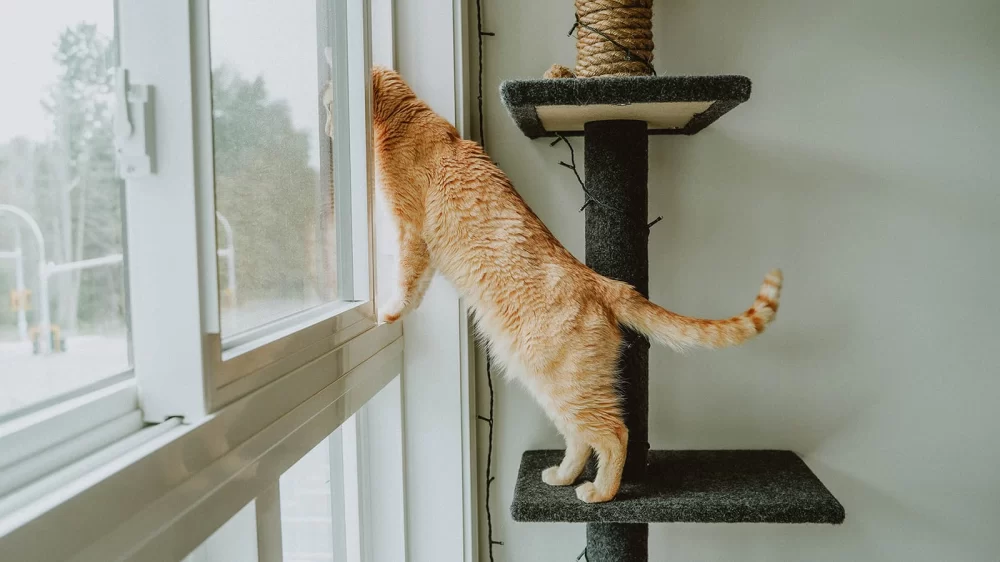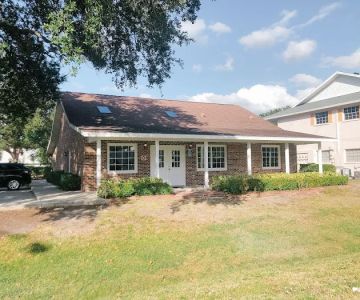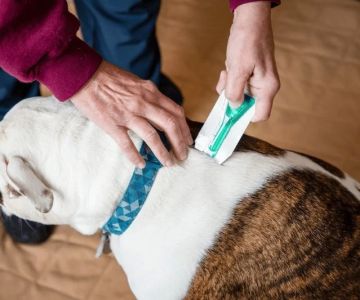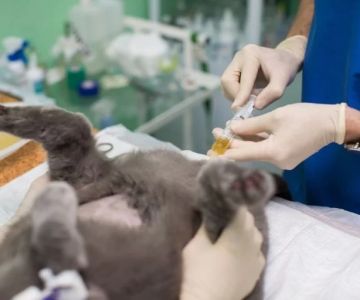- 1-Planning-Your-Cat-Enclosure
- 2-Choosing-the-Right-Location-and-Design
- 3-Selecting-Materials-for-Durability-and-Safety
- 4-Step-by-Step-Construction-Process
- 5-Enhancing-the-Enclosure-with-Comfort-and-Stimulation
- 6-Real-Life-Example-of-a-Successful-Cat-Enclosure
- 7-Professional-Recommendations-and-Where-to-Find-Resources
1. Planning Your Cat Enclosure
Building a cat enclosure is a fantastic way to give your feline friend a safe outdoor experience while protecting them from hazards such as traffic, predators, or getting lost. Before jumping into construction, it’s essential to plan thoroughly. Start by considering the size of the enclosure based on your available space and how many cats will use it. Cats love to climb and explore vertically, so designing multiple levels and platforms can greatly enrich their environment.
Think about your cat’s personality and activity level—some cats prefer cozy, quiet spaces, while others enjoy plenty of stimulation. This will influence design decisions like how much open space versus sheltered areas to include. Thoughtful planning ensures the enclosure is both practical and enjoyable.
Why Planning Matters
Good planning avoids costly mistakes and ensures your cat enclosure meets all your needs. It also allows you to prepare a realistic budget and timeline for the project. Consider local climate conditions too—if you live in a rainy area, waterproof roofing or covered sections will be important.
2. Choosing the Right Location and Design
Location is key to maximizing the enclosure’s benefits. Ideally, place it near your home’s windows or doors so you can easily keep an eye on your cat and interact with them. A quiet spot sheltered from harsh winds and direct intense sun is preferable for comfort.
Design-wise, there are several popular options ranging from simple screened-in patios to elaborate multi-room outdoor structures. For those with limited space, a balcony enclosure can offer fresh air without compromising safety. If space permits, walk-in enclosures give cats more freedom to roam.
Incorporating Safety Features
Ensure the enclosure is escape-proof. This means sturdy mesh or wire panels without gaps, secure door latches, and a roof or netting to prevent jumping out. Avoid materials that could cause injury, such as sharp wires or toxic paints. You might also consider double-door entry systems to prevent accidental escapes when entering or exiting the enclosure.
3. Selecting Materials for Durability and Safety
The choice of materials is crucial for longevity and safety. Commonly used materials include galvanized steel mesh, treated wood, and polycarbonate roofing panels. Galvanized steel is rust-resistant and strong, ideal for the enclosure’s frame and walls. Treated wood can add aesthetic warmth but requires weatherproofing to prevent rot.
Mesh size matters—small enough to keep cats and predators out but large enough to provide good ventilation and visibility. Avoid chicken wire, which can be too flimsy and potentially harmful.
Environmental Considerations
Using non-toxic, eco-friendly materials benefits both your cat and the environment. For roofing, transparent panels allow sunlight but protect against rain. Also, natural shade from nearby trees can reduce heat buildup.
4. Step-by-Step Construction Process
Building a cat enclosure can be a rewarding DIY project. Here’s a detailed approach to follow:
Step 1: Prepare the Site
Clear the chosen area of debris, level the ground, and mark the perimeter with stakes and string.
Step 2: Build the Frame
Construct the base frame using treated lumber or metal posts securely anchored into the ground. Vertical supports should be evenly spaced to hold the mesh walls.
Step 3: Attach the Mesh
Fasten galvanized mesh to the frame, ensuring it’s taut and without gaps. Use heavy-duty staples or U-nails for wood frames, or metal clips for metal frames.
Step 4: Add a Roof
Install roofing panels or netting to cover the top completely. This prevents cats from escaping upward and protects from rain.
Step 5: Install Doors and Access Points
Fit a secure door with a reliable locking mechanism. Adding a cat door inside a sheltered area of the enclosure can give your cat extra privacy.
Step 6: Interior Enhancements
Include shelves, ramps, scratching posts, and hiding spots to enrich the space. Adding a comfortable bed and toys encourages your cat to enjoy the enclosure fully.
5. Enhancing the Enclosure with Comfort and Stimulation
A cat enclosure isn’t just about safety—it should be an engaging outdoor paradise for your pet. Introducing vertical climbing structures taps into cats’ natural instincts. Incorporate natural elements like potted plants (safe varieties), logs, and stones to create sensory stimulation.
Water features such as small fountains can intrigue cats and encourage hydration. Rotating toys or puzzle feeders keep their minds sharp and prevent boredom. Seasonal adjustments like blankets in winter or shaded areas in summer ensure year-round comfort.
Social and Environmental Benefits
Some cats thrive on social interaction, so designing space for multiple cats can foster healthy relationships. Enclosures also reduce stress by providing fresh air and sunlight, promoting better health and behavior.
6. Real-Life Example of a Successful Cat Enclosure
Consider the story of Sarah, a cat lover who built a walk-in enclosure for her three rescue cats. After researching extensively, Sarah customized her enclosure to include climbing shelves, a heated bed for winter, and a secure outdoor litter box. Her cats quickly adapted, showing increased activity and reduced anxiety.
Sarah credits the enclosure for saving her cats from neighborhood dangers while allowing them to experience the outdoors safely. Her project also inspired her local community to think about cat safety and outdoor enrichment.
Lessons from Sarah’s Project
Her careful planning, focus on quality materials, and inclusion of enrichment features demonstrate best practices. Stories like hers highlight the real benefits and inspire others to create safe spaces for their pets.
7. Professional Recommendations and Where to Find Resources
While DIY projects can be fulfilling, sometimes professional guidance ensures optimal safety and quality. Veterinary experts often recommend enclosures as a way to prevent accidents and exposure to diseases.
For those looking to purchase ready-made enclosures or find specialized materials, Hidden Brook Veterinary offers a curated selection of high-quality products, expert advice, and installation services. Their team understands feline needs and can help tailor solutions for your home.
Additionally, consulting with veterinarians or pet behaviorists can provide insights on enclosure design that supports your cat’s health and happiness.











